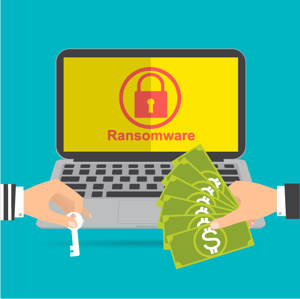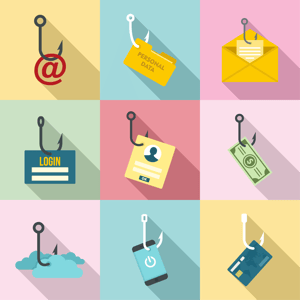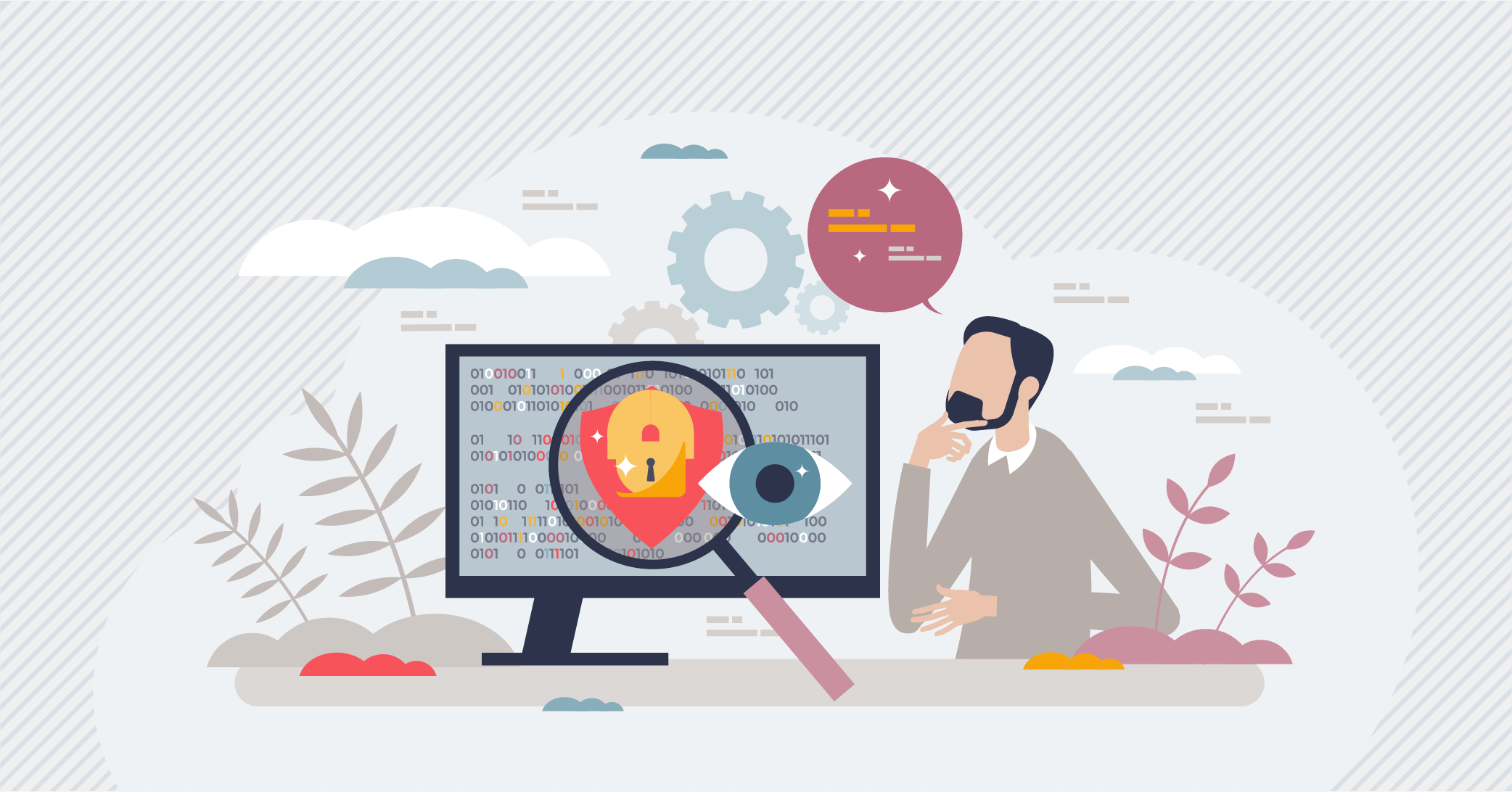Preventing Ransomware Before it Strikes Your Business
 Justin Drabouski
·
3 minute read
Justin Drabouski
·
3 minute read

Like most people, you’ve heard about ransomware, but you aren’t sure exactly how to prevent it from affecting your business. To ensure your business doesn’t fall victim to this dangerous threat, consider these steps to prevent ransomware before it strikes your business.
What is Ransomware?
Ransomware is malware that locks down your computer or its files until you pay an attacker to release them. It can appear in many forms, including malicious attachments on emails and links on social media and news outlets. Once the ransom is paid, hackers provide a decryption key that should unlock your computer. But paying the ransom doesn't mean you will get your data back.
There are two main types of ransomware - crypto ransomware and locker ransomware.
Crypto ransomware locks up essential files on a computer, making them useless. Cybercriminals who use crypto ransomware attacks make money by holding files for ransom and making people pay a ransom to get their files back.
Locker ransomware does not encrypt files as crypto ransomware does. Instead, it goes one step further and locks the victim out of their device. In these attacks, cybercriminals will lock the device and ask for a ransom to get it back.
Recently, the National Security Institute found that the average ransom paid to hackers has skyrocketed to nearly $200,000 per attack, up from just $5,000 in 2018. The impact that a ransomware attack can have on businesses is staggering. According to a Cybereason report:
- 37% of businesses who reported a ransomware attack had to lay off employees following the attack
- 35% reported C-Level resignations after a ransomware attack
- 33% of organizations were forced to suspend business operations temporarily
These are just a few impacts that can be realized if your business falls victim to a ransomware attack. There are ways to prevent ransomware attacks and protect your business. Below we list several best practices to keep your company safe.
Best Practices to Keep Your Company Safe from Ransomware
- Make a Ransomware Plan. The frequency at which ransomware attacks happen today makes not falling victim to one nearly impossible. But with the right plans in place, you can mitigate the effects it may have.
The IT leaders in your organization should take the lead role in defining these plans. Leaders could be your in-house staff, or a managed IT services provider. Once established, communicate the program to all employees, so they know what to do in case of an attack. - Keep Operating Systems and Software Updated. Every day, software and systems companies release updates to their products. These updates include enhancements to the product and, most often, security patches. Be sure you use the latest software and systems to protect your business from ransomware.
- Regularly Back Up Your Data. If your business doesn’t already do so, get a data backup plan in place now. Having a clean and protected copy of all of your data stored offline and away from your business is critical to business continuity. In the event of a ransomware attack, clean data will provide the best chances for you to recover from the attack and get back to business.
- Restrict Access. Only give access to systems and files to employees who need these items to conduct business. For instance, accounting does not need access to HR’s personnel files. By limiting access, you decrease the chances of ransomware infiltrating your data.
You can also restrict users’ write capabilities on systems and data. A lot of ransomware needs write access to be installed and executed. By limiting permissions, you are protecting the systems in place. - Educate Employees. Most ransomware attacks happen through email. Implementing a cybersecurity awareness training program for all employees provides the best defense against ransomware attacks via email. These programs will give your staff the latest knowledge of threats and what to watch for.
Your employees are your first line of defense in an email ransomware attack. Equipping them with the right tools and knowledge is critical to your business's safety. - Implement Stringent Email Filtering. A robust email filtering program reduces the chances of an employee receiving a ransomware attack email. The fewer emails they can get, the less chance your company is attacked. Email filtering programs can also prevent phishing emails from reaching employees and stolen credentials from being used to access accounts.
- Use Firewalls and Intrusion Detection Systems. Firewalls and Intrusion Detection Systems are two options to keep your network safe from ransomware. Your firewall limits the remote management services that a hacker can get into. The Intrusion Detection System will search for malicious activity to quickly find an infiltration if it occurs.
Even though they can be expensive in terms of time, money, and internal work, firewalls and intrusion detection systems are necessary to keep hackers from getting in. If you don’t have time or resources, focus on one over the other - although doing both may give you even better protection.
With upwards of 4,000 ransomware attacks happening daily in the U.S., it isn’t a matter of if but when your business may fall victim. According to Statista, the average company experiences about 22 days of downtime after a ransomware attack. With numbers like these, your business must implement plans to prevent ransomware.
At Watchkeep, our cybersecurity specialists can evaluate your technology environment and recommend a plan of action to start protecting your company from ransomware. Download our latest infographic on preventing ransomware, and contact us for your evaluation today.




